The Quiet Power of Trees
Good evening everyone:
A number of articles in the New York Times over the last week have focused on trees. How the United States is ill-prepared for forest fires fueled by climate change. How tree-cover varies dramatically between affluent and low-income neighborhoods. How a particular tree in Northern California has become a symbol of resilience.
The stories resurrected personal memories of a time – some two years of my life – when I was fixated on the protection of ancient trees.
The movement from 1976-’78 to bring full wilderness protection to the one-million-acre Boundary Waters Canoe Area lake-land wilderness in Northern Minnesota was precipitated by the threat of six private timber sales within the BWECA, each involving the clear-cutting of stands of magnificent, never-logged (so called “old growth”) white-, red-, and jack-pines, dating back to at least 1595.
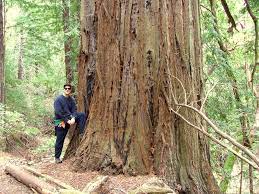
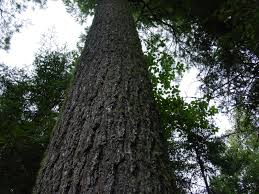
My boss, Representative Don Fraser, introduced a bill that would be signed into law in 1978 by President Carter invalidating those sales, prohibiting logging anywhere else in the wilderness area, removing the roads used to reach the sales, limiting motorboat use to a handful of perimeter lakes, eliminating snowmobiling, and constructing a “mining protection zone” around the perimeter of the wilderness.
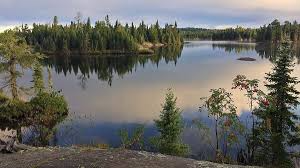
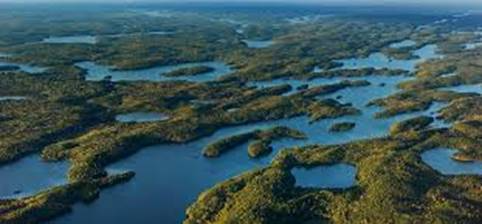
So, I read with fascination of the extraordinary efforts the city of Palo Alto has made to preserve a 1,000-year-old tree that is the city’s namesake (Jim Robbins, “The Unlikely Survival of the 1,081-Year-Old-Tree That Gave Palo Alto its Name,” June 26, 2021). It was a reminder of yet another dimension of what we’ve forsaken during the pandemic. No canoe trips. No casual visits to living things outside our four walls. An understandable obliviousness to the continual need to steward our natural areas with vigilance.
The tree in question is El Palo Alto, a redwood that is something of a fish out of water:
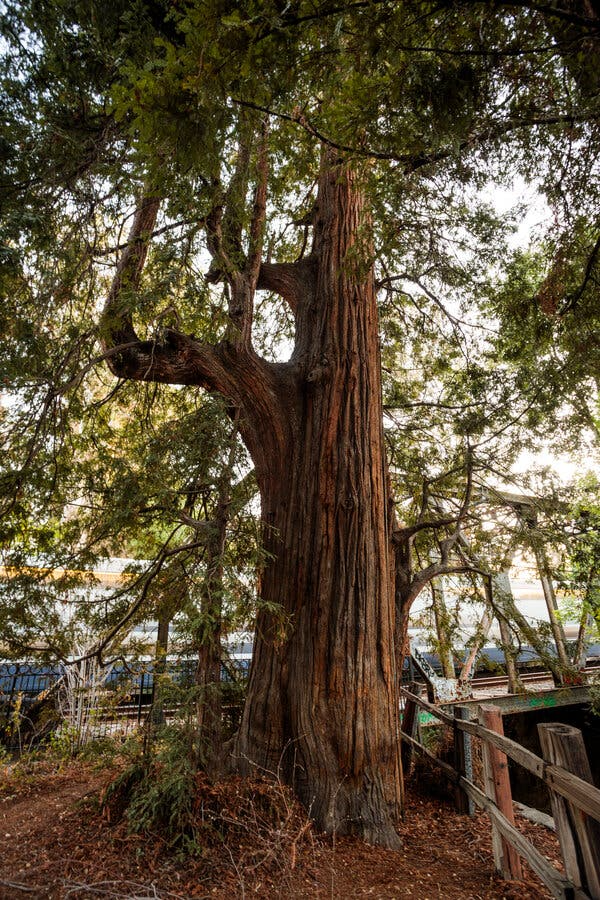
At 120-feet tall, it’s impressive, but considerably shorter than its counterparts, which can reach 400 feet. It’s old, but decidedly middle-aged when compared with its famous 2,100-year-old cousins to the north. It stands alone, wedged between a concrete wall and CalTran tracks, unlike the normal dense forests of such creatures. It receives only about two-feet of rain each year, far short of the 10 feet typically required by other redwoods. It has been forced to deal with diesel emissions of its urban setting, unlike most any other redwood.

And yet, it has survived. In the process, it has become the city’s symbol. On the municipality’s logo. As the mascot of Stanford University’s marching band.
The city has wrestled valiantly with how to protect El Palo Alto.
- It is currently urging the State of California to convert CalTran trains to electricity to reduce the emissions that have stunted the tree’s growth.
- In the 1950’s, it came up with an ingenious plumbing system – that the city’s arborist termed the “Fool the Redwood” plan – that supplemented the city’s meager rainfall by sending mist up the tree’s trunk so that the tree could drink not only from its roots but from its crown.
- It ordered the capping of wells to elevate the water table.
- It invested in radar measurement systems that could gauge the health of the tree’s interior.
- It flies drones to assess the crown’s health.
So far, so good. But, taking no chances, the city also collected seeds from El Palo Alto and planted them in a nursery run by a nonprofit forest protection organization.
What a wonderful reminder of just how powerfully trees have come to inspire. As Herman Hesse observed: “Trees are the most penetrating of preachers.” And as the best-selling book The Hidden Life of Trees reminds us, they are more than metaphor, but instead themselves complicated living beings, with the ability to communicate complex nutritional and other information from one to another through signals of smell, taste, and electrical impulses – what the author Peter Wohlleben calls “non-human consciousness.”
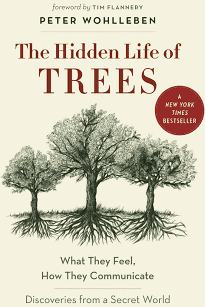
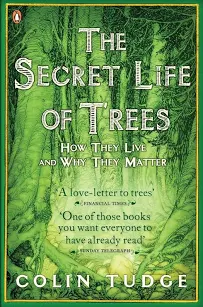
Think I’ll spend some time in the forest this weekend.
Rip